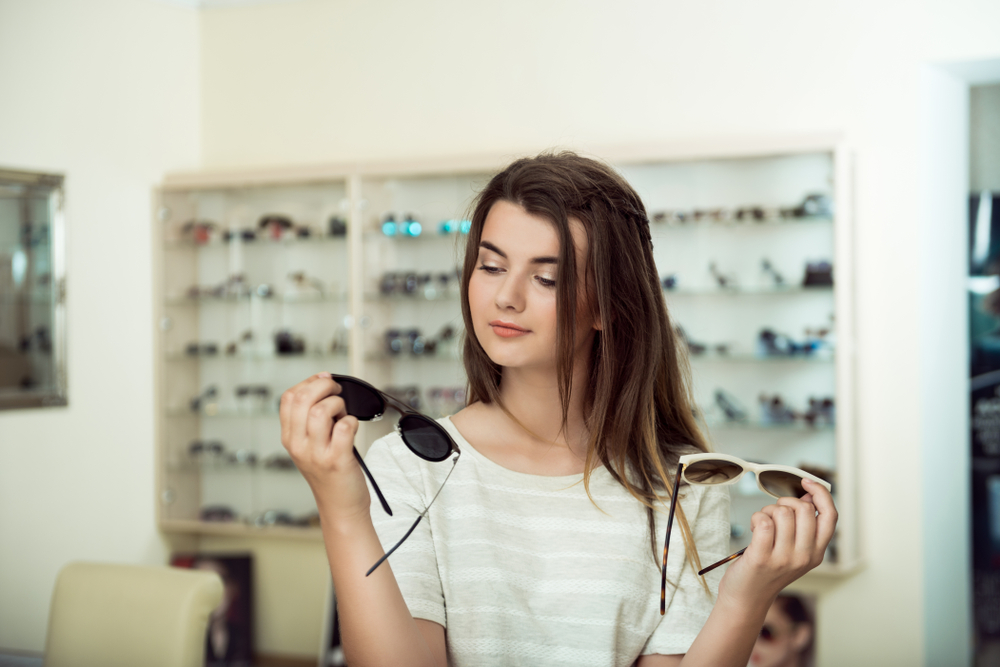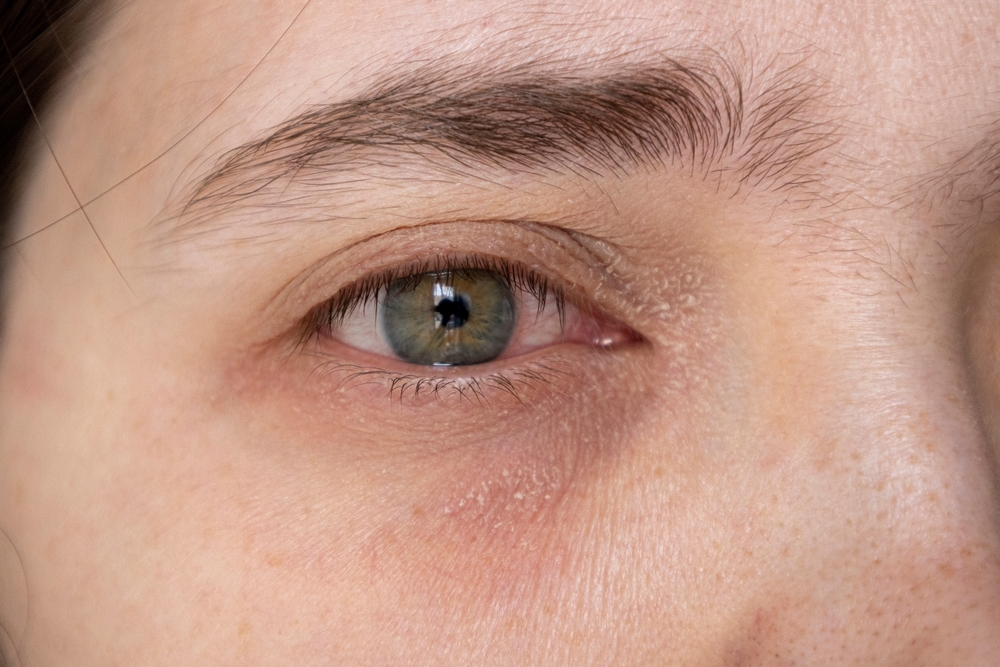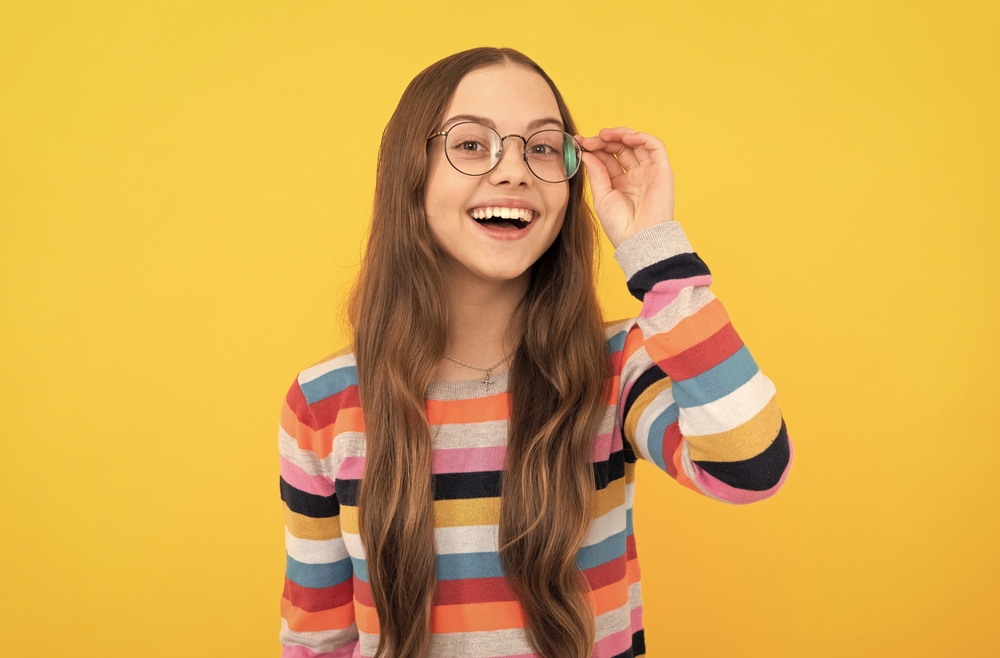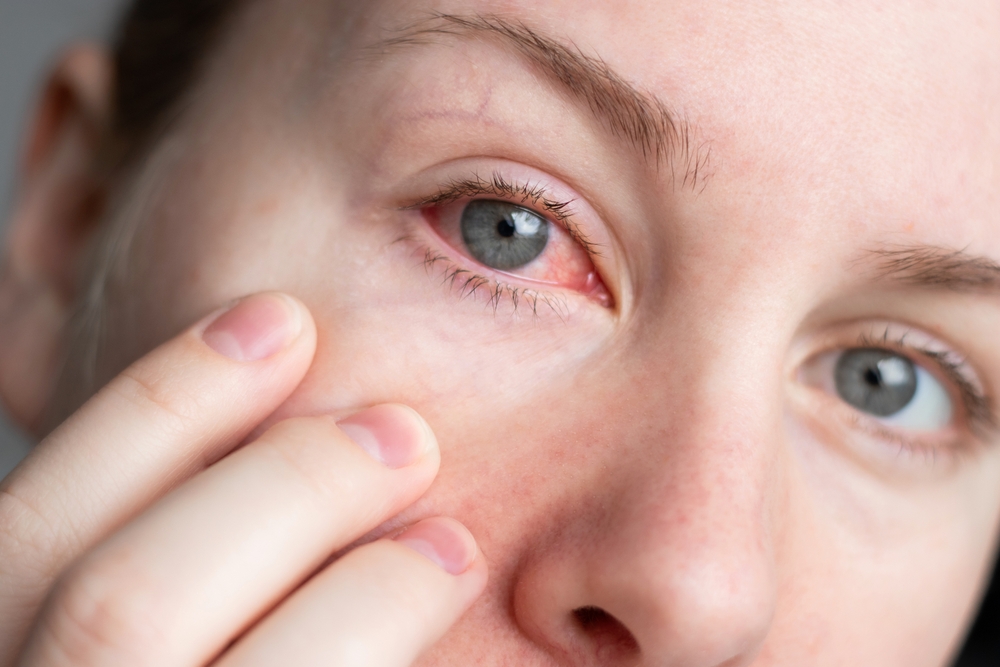Westchester Eyes Blog
Learn more about optometry care in our blog!

Wearing glasses should make your everyday life clearer and more comfortable. When your frames don’t fit correctly, you may experience discomfort, headaches, or even changes in how well you see. At Westchester Eyes, our goal is to help you enjoy eyewear that feels natural, functions properly, and supports your long-term vision health. If you’re unsure whether your glasses fit the way they should, there are a few key signs to look for.

Dry eye is one of the most common eye conditions affecting adults today, often caused by a lack of adequate tears or poor tear quality. Whether your symptoms include irritation, burning, or blurred vision, small lifestyle changes can make a big difference in protecting your eye health and comfort.

In today’s fast-paced, screen-heavy world, eye discomfort has become more than just a minor annoyance - it’s a daily reality for millions of people. From long hours on computers to constant scrolling on smartphones, many patients experience symptoms like eye strain, headaches, and neck pain that don’t seem to go away. Traditional lenses often correct vision clarity but do little to relieve these underlying issues. That’s why more eye doctors are turning to Neurolens®, a groundbreaking lens technology designed to provide lasting comfort by addressing the root cause of digital and visual strain.

As the school year approaches, many parents are busy buying supplies, scheduling checkups, and preparing for the months ahead. Good vision is key to learning, and undetected vision issues can make it harder for your child to focus, read, and keep up with their peers. Here are some signs your child may need glasses before heading back to school.

Eye problems can be unsettling, and it’s not always easy to tell whether what you’re experiencing is a minor irritation or a true emergency. Your vision is precious, so knowing when to seek urgent care can make all the difference in protecting your eye health and preventing permanent damage.

If you’ve ever wished for clear daytime vision without needing glasses or daytime contact lenses, Corneal Reshaping Treatment (CRT) lenses might be the ideal solution. Also known as orthokeratology or ortho-k, CRT uses specially designed gas-permeable lenses that gently reshape your cornea while you sleep, so you wake up with crisp, clear vision all day long. But how do you know if CRT lenses are right for you? Below are several signs that they might be a good fit for your lifestyle.

In today’s digital world, most of us spend hours in front of screens. While technology makes life more convenient, excessive screen time can take a toll on your eyes. One of the most common issues we see at Westchester Eyes is dry eye, and screen use is a major contributing factor.

If you’re dealing with frequent eye strain, tension headaches, or neck and shoulder discomfort (especially after long hours on a screen) you’re not alone. These symptoms are increasingly common in today’s digital world, and they may be linked to something you’ve never considered: a slight misalignment in how your eyes work together. At Westchester Eyes, we offer Neurolens, a breakthrough lens technology that addresses this issue at its root.

As we age, changes in our vision become a natural part of life. For seniors in New York, maintaining good eye health is essential for staying independent and enjoying daily activities. Whether it’s driving, reading, or simply recognizing familiar faces, clear vision plays a vital role in quality of life. Here are some common age-related eye conditions to keep on your radar and what you can do to preserve your vision.

Cataracts are one of the most common eye conditions affecting millions of people worldwide, particularly as they age. They develop when the clear lens of the eye becomes cloudy, leading to blurred vision, glare, and difficulty with everyday tasks like reading, driving, or recognizing faces. While cataracts can be a natural part of aging, they don’t have to diminish your quality of life. Understanding this condition and the available treatment options can empower you to take control of your eye health.









